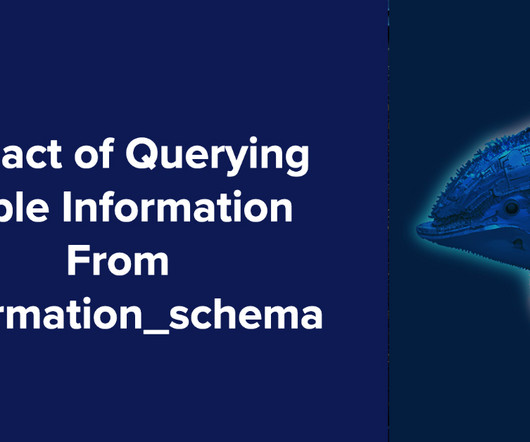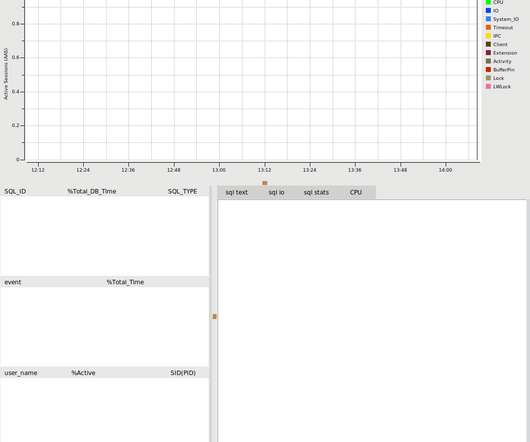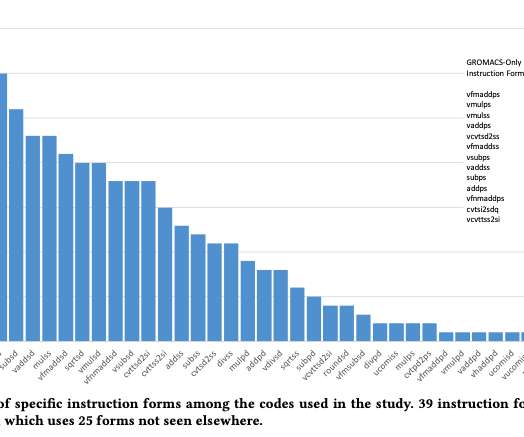Impact of Querying Table Information From information_schema
Percona
MARCH 27, 2023
Disclaimer : This blog post is meant to show a less-known problem but is not meant to be a serious benchmark. The percentage in degradation will vary depending on many factors {hardware, workload, number of tables, configuration, etc.}. Setup The setup consists of creating 10K tables with sysbench and adding 20 FKs to 20 tables.


























Let's personalize your content